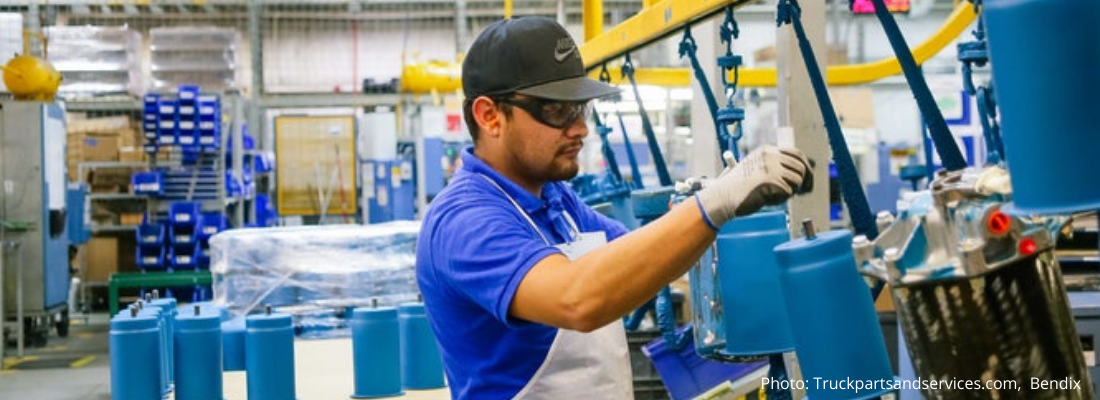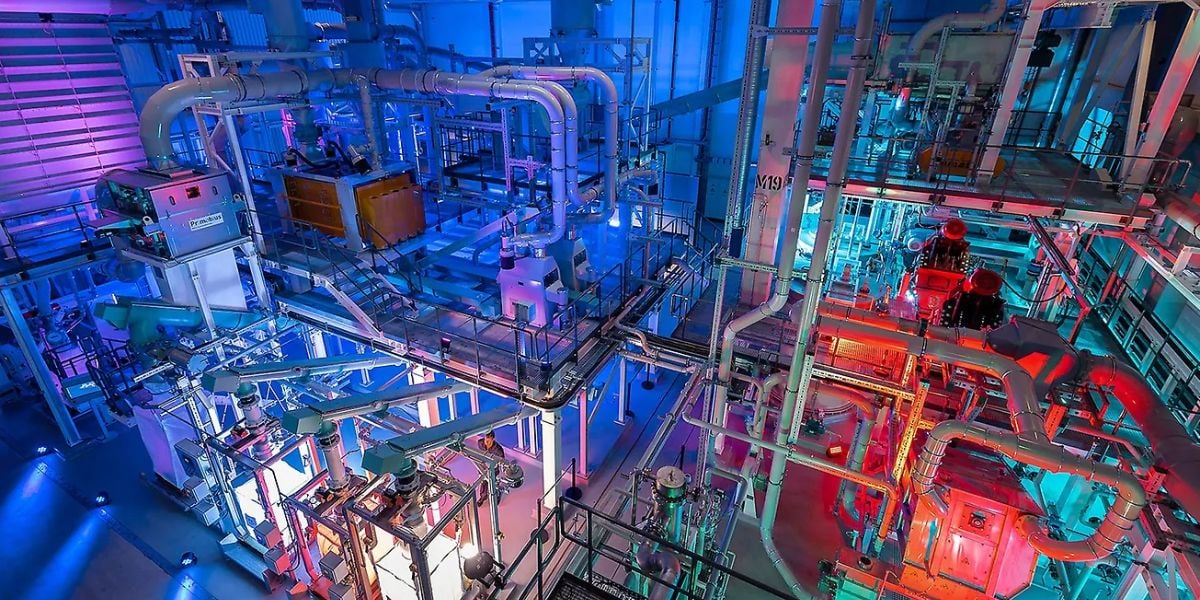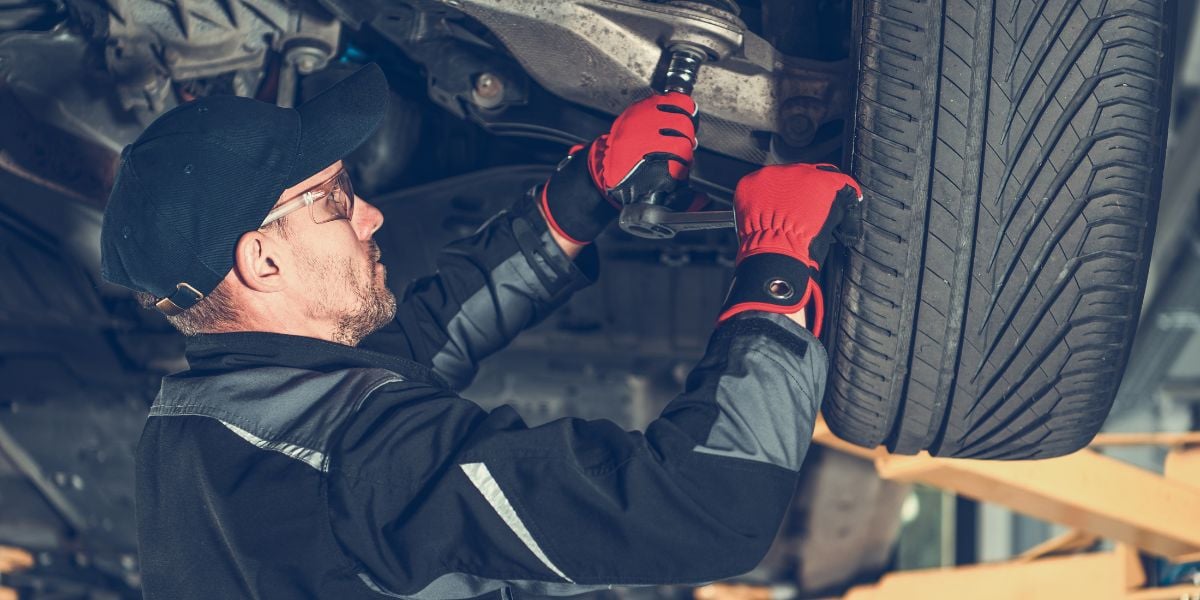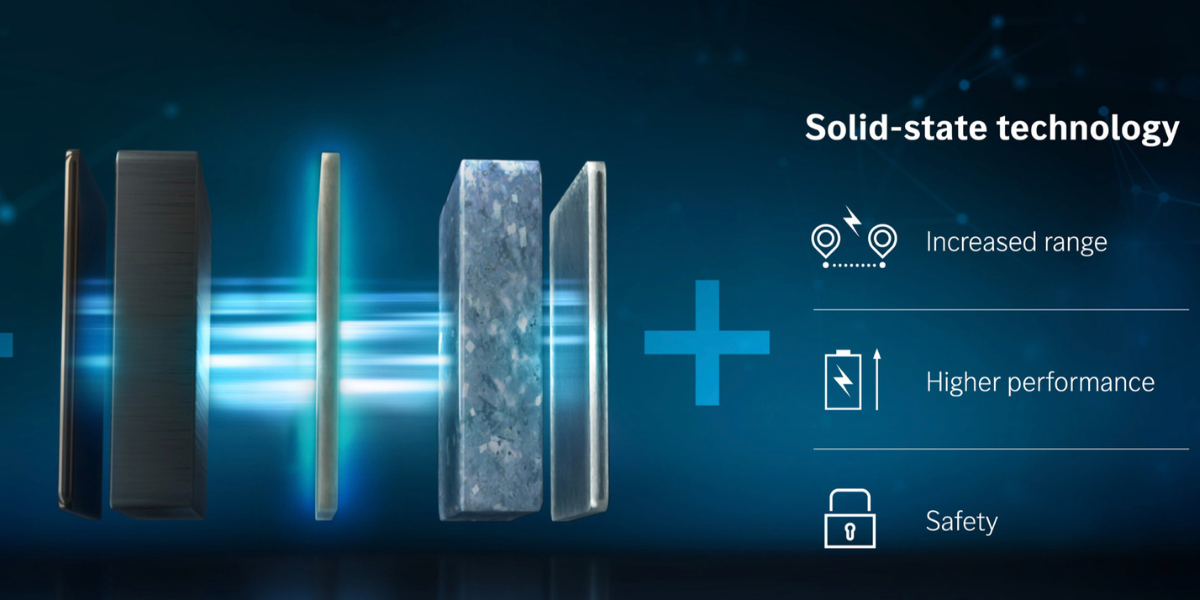As equipment evolves, what’s next for remanufacturing?
Lucas Deal is chief editor and content director of Trucks, Parts, Service. He is a board member of the independent aftermarket group GenNext HD and participates in various other industry organisations. He wrote the article ‘As equipment evolves, what’s next for remanufacturing?’ where he interviews MERA's John Chalifoux, Terry Stranz of Weller Truck Parts, Dave Schultz of Bendix Commercial Vehicle Systems and Meritors’ Doug Dole and Gene Evans (Meritor) on trucking remanufacturing. Read his article below.
By offering high-quality products at a fraction of the cost of OE genuine replacement parts, remanufacturers have long played an essential role in trucking’s aftermarket.
John Chalifoux hopes that remains the case for many years to come. As the president and CEO of MERA – The Association for Sustainable Manufacturing, Chalifoux’s organization exists to support remanufacturing across all segments of the transportation industry.
Yet while his support of remanufacturing is unwavering, Chalifoux also acknowledges that sustaining a successful reman operation has never been harder than it is today. New vehicle componentry continues to become more technologically advanced and complex. Alternative powertrains and electric vehicles remain on the fringe of the industry but creep closer to the mainstream each year.
For an industry rooted in mechanical reproduction, Chalifoux says remanufacturers are being pushed toward a crossroads — adapt and evolve or risk being left behind.
“Whether one transitions or not, at this stage, it can still be a choice,” he says. “As electrification increases, legacy components will make up a lesser share of the vehicles on the road. Companies focused solely on legacy components may ultimately experience a decrease in sales. It would be unfortunate for a remanufacturer to take that route without it being a choice.”
The good news for trucking’s aftermarket is the choice to evolve has already been made by a lot of remanufacturers. Many in the remanufacturing community are investing heavily in tooling, product materials and advanced system components to ensure their product offering remains viable and in-demand for decades to come.
Weller Truck Parts has added a variety of new lines within its established transmission and drivetrain product categories over the last decade, says President Terry Stranz, each of which were motivated by industry proliferation and customer demand. Stranz says Weller is active in its evaluation of the new equipment market and when potential reman components are identified, the company works quickly, leveraging its internal knowledge as well as longstanding relationships with supplier partners to acquire the product expertise necessary to bring on a new line.
“As trucks and OE products evolve, we have the benefit of watching which innovations catch on and which do not and this allows us to respond accordingly in the market,” he says. “We can see what the market does when technology is introduced and then focus on those products in our business.”
Tier 1 suppliers don’t have that luxury to wait and choose where to invest but when a reman market forms they do have the advantage of being first to enter it.
“We decide when we are in OE development of a product if we will remanufacture it,” says Bendix Commercial Vehicle Systems' Dave Schultz, director of aftermarket business development. “And products that we intend to remanufacture are sold with a core charge up front so we can position ourselves to make sure we have the raw materials we need when it is time to release the reman part.”
The strategy is similar at Meritor.
“We develop reman programs to meet the needs of customers,” says the Meritor duo of Doug Dole, general manager, product strategy, and Gene Evans, site manager at the company’s Plainfield, Ind., plant. “We look ahead at what their needs will likely be so we are ready before or when they need us. Electrified vehicles and drivetrains are a good example. We have already begun the process to determine if there are reman options for motors, batteries and other components.
Chalifoux says that ability to peer into the future while producing components from the past has always been essential to remanufacturers. “The components may be different, but the underlying art and science of making any product like-new again is relatively the same,” he says.
“If you want to be successful in reman today, you have to be aware of what products are hitting the street,” adds John Ferry, Turbo Solutions’ executive vice president. Ferry says when Turbo Solutions was launching in 2017, the company made a conscious decision to enter the market specifically in one category because of the technical evolution occurring among heavy-duty turbos.
“A turbocharger used to be simple device used for power and torque but has become a complicated smart device that has to work in conjunction with an engine and aftertreatment system,” Ferry says. “When we entered the market, some turbo remanufacturers were only producing those simple mechanical turbos. We were able to succeed by offering more than that.”
He adds, “Last month, 88 percent of the turbos we remanufactured were ‘smart’ turbos.”
Chalifoux is optimistic other remanufacturers will make the same investment. He says ingenuity and entrepreneurial spirit of remanufacturers shouldn’t be deterred by vehicle complexity. It never has been before.
“Yes, it will require investment, new talent and re-training, but remanufacturers have a proven track record with mechanical, electro-mechanical and electronic components,” he says. “If a customer has a high-value component in need of a second life, remanufacturers that have planned for the future will be ready for the challenge.”
Schultz agrees. He and Richard Nagel, Bendix director of marketing and customer solutions, air supply and drivetrain, say the long-term viability of today’s independent remanufacturers will be determined by how much those independent operators are willing to commit to the future of their operations, not so much by OE competitors like Bendix. New vehicle complexity gives OE suppliers a first to market edge in remanufacturing, Schultz says, but it doesn’t secure the market indefinitely.
“I will never count those companies out, but their path will get a lot harder,” adds Nagel.
At Weller, Stranz says his team is ready for whatever comes next.
“Now, as in the past, Weller will continue to adapt to meet the needs of the market. Whether we are talking about the introduction of AMTs or EVs, we will do what is necessary to meet the demand,” he says. “Automated manual transmissions and all of the electronics that are part of that product are readily available at Weller as a direct result of our engaging with the industry and studying the need and the market share of that particular product.”
“If you’re in reman right now you have to be willing to invest in the tools and the knowledge to succeed. We believe we’ve done that,” says Ferry. “And as these products evolve there are going to be more challenges. It’s a high barrier to entry, and it will get higher.”
Read the original article here.
Share your remanufacturing stories with us
Do you have an innovation, research results or an other interesting topic you would like to share with the remanufacturing industry? The Rematec website and social media channels are a great platform to showcase your stories!
Please contact our Brand Marketing Manager.
Are you an Rematec exhibitor?
Make sure you add your latest press releases to your Company Profile in the Exhibitor Portal for free exposure.



